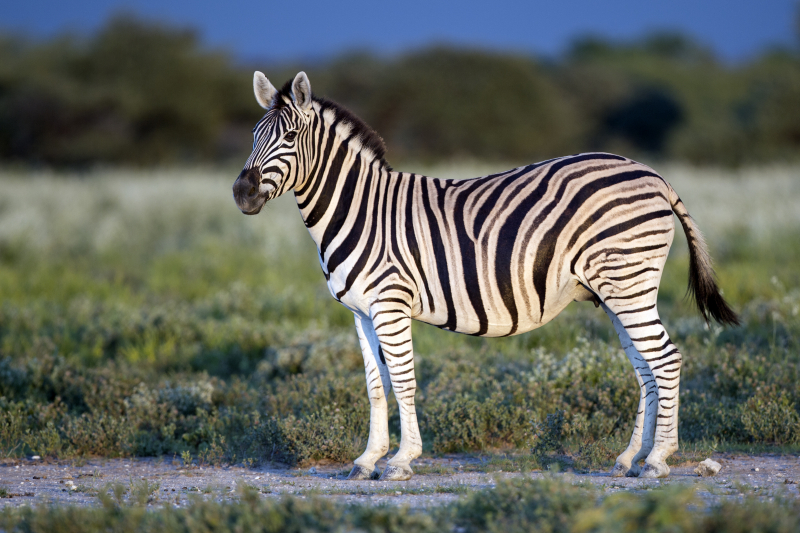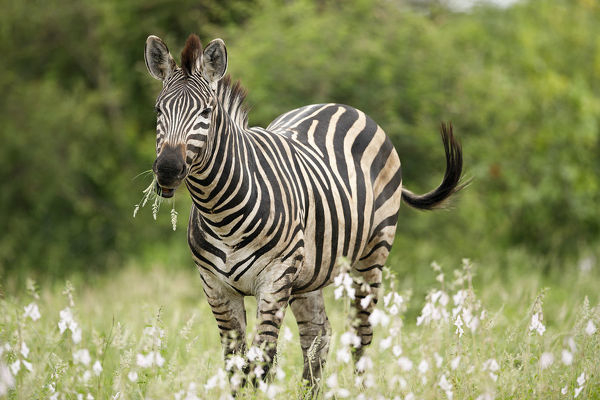Plains Zebra (Equus quagga)
The Plains Zebra (Equus quagga), also known as the common zebra, is the most common and geographically widespread species of zebra. Despite being dispersed, its range covers a large portion of southern and eastern Africa south of the Sahara. It has been determined that there are six to seven subspecies, including the extinct quagga, which was once considered to be a different species. More recent research supports clines rather than subspecies as the cause of variability in zebra populations.
The mountain zebra and the smaller plains zebra are both larger than the plains zebra, which has broader stripes than both. The coat patterns of individuals and clines differ greatly. Habitats for plain zebras typically include but are not limited to, treeless grasslands and savanna woods in both tropical and temperate climates. They often stay away from deserts, heavily forested areas, and perennial wetlands. The plains zebra is a very sociable species, establishing bachelor groups as well as harems with a single stallion, many mares, and their young. Herds can form when groups assemble. The animals keep an eye out for potential predators; when they spot one, they bark or snort, and the harem stallion charges the predators to protect his herd.












